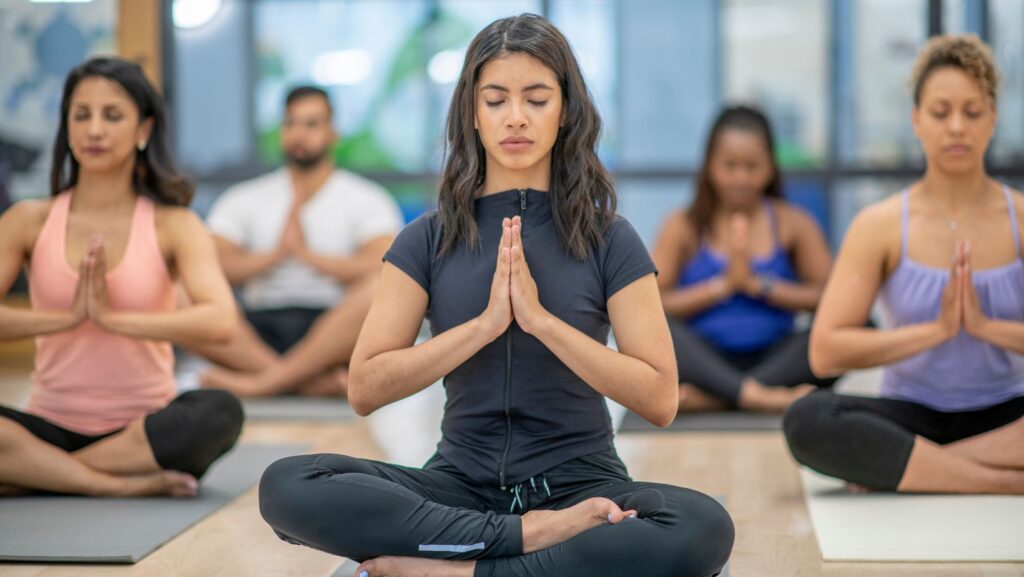When most people think of yoga, they often picture a series of poses that stretch and strengthen the body. While yoga certainly provides a powerful physical workout, its true benefits go far beyond exercise. Rooted in ancient philosophy, yoga is a holistic practice that engages the mind, body, and spirit, offering a unique pathway to improved health, emotional stability, and self-awareness. Here’s a look at why yoga is so much more than just a workout.
Physical Benefits: Building a Strong Foundation
Yoga involves various postures, or asanas, that stretch and strengthen muscles, improve flexibility, and enhance balance. Unlike many traditional forms of exercise that focus on repetitive movements, yoga emphasizes holding poses, which helps to build endurance and target multiple muscle groups simultaneously. Regular practice can lead to increased strength, better posture, and even relief from chronic pain. However, these physical benefits are merely the foundation; they prepare the body to support the deeper aspects of yoga, creating a strong base for mental and emotional growth.
Mindfulness: Cultivating Awareness in Every Moment
One of the core principles of yoga is mindfulness, the practice of bringing awareness to the present moment.

In yoga, practitioners are encouraged to focus on their breath and how their body feels as they move through poses. This heightened sense of awareness carries over into daily life, teaching people to observe their thoughts, emotions, and reactions without judgment. For those looking to deepen their mindfulness practice in a supportive environment, More Yoga offers a range of classes that foster both mental clarity and physical growth. By cultivating mindfulness, yoga helps reduce stress and anxiety, promoting a sense of calm and control. This mental clarity fosters resilience and enhances emotional regulation, transforming how individuals respond to challenges both on and off the mat.
Breathing Techniques: Connecting to Inner Peace
Pranayama, or breath control, is a fundamental aspect of yoga that goes hand in hand with mindfulness. Various breathing exercises in yoga help calm the nervous system, lower blood pressure, and reduce stress. These techniques bring oxygen to the brain and encourage relaxation, helping practitioners access a state of inner peace and focus. Unlike other forms of exercise where the goal is purely physical exertion, yoga’s emphasis on breathing serves as a bridge between the mind and body, helping individuals tap into their inner calm and improving overall mental health.
Spiritual Growth: Finding Connection and Purpose
While yoga has deep spiritual roots, it’s adaptable for people of all beliefs and backgrounds. For some, it’s a journey toward self-discovery, allowing them to explore their inner landscape and reflect on life’s deeper questions.

Others find a sense of community and connection in group practice, which fosters compassion and empathy. Through self-reflection, meditation, and mindfulness, yoga encourages practitioners to live with greater intention, find purpose, and embrace life with openness.
The Holistic Impact: Transforming Daily Life
Yoga’s benefits go far beyond what can be measured physically. The practice fosters personal growth, a sense of inner peace, and a balanced approach to life’s challenges. By uniting mind, body, and spirit, yoga provides a holistic approach to wellness that extends well beyond the mat. For many, yoga becomes a lifestyle, guiding them toward healthier habits, emotional resilience, and spiritual enrichment.
In essence, yoga is more than just exercise; it’s a transformative journey toward balance, self-acceptance, and inner peace that enhances every aspect of life.

